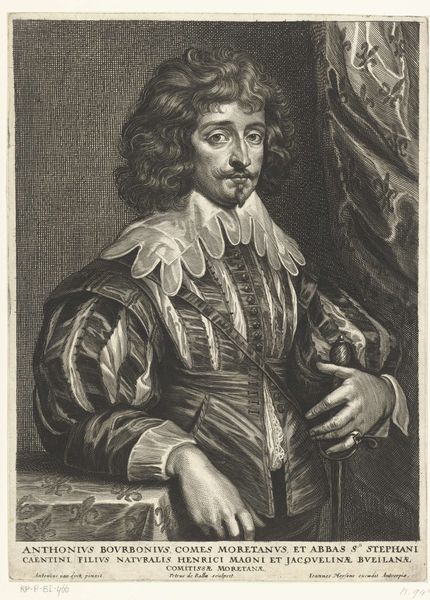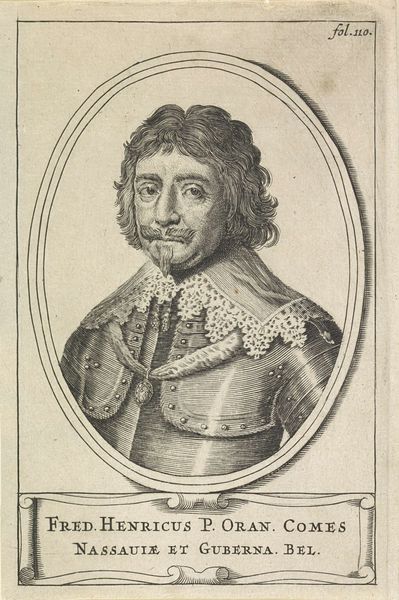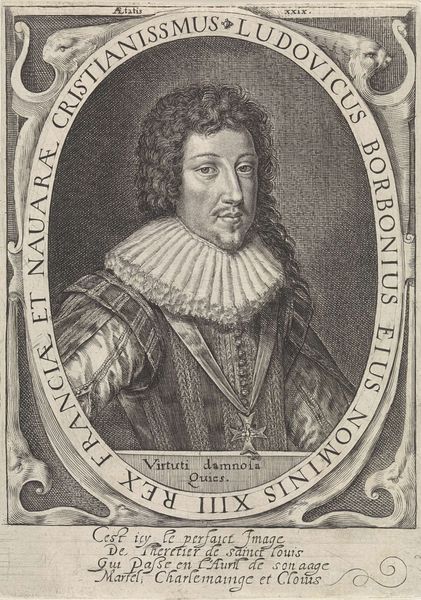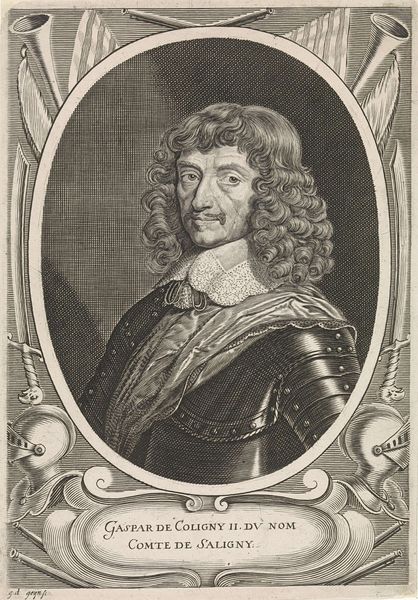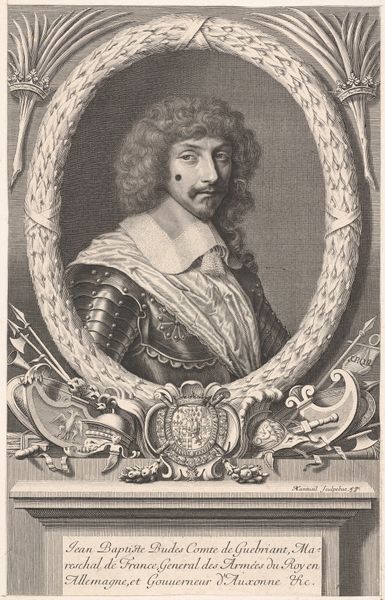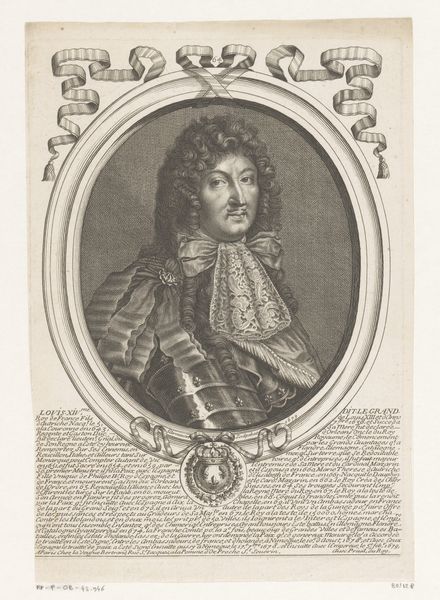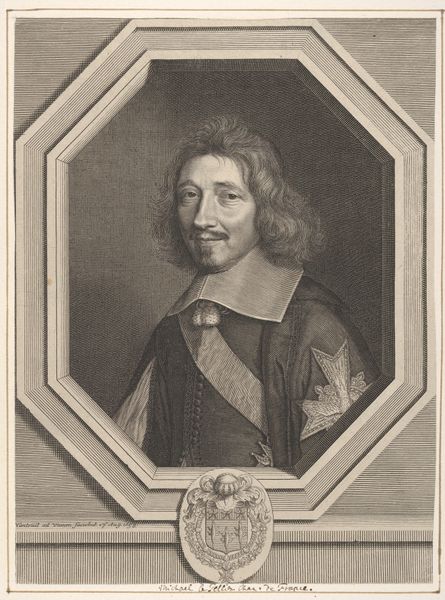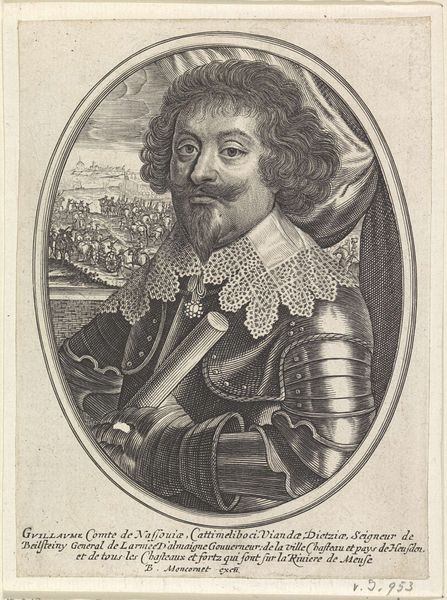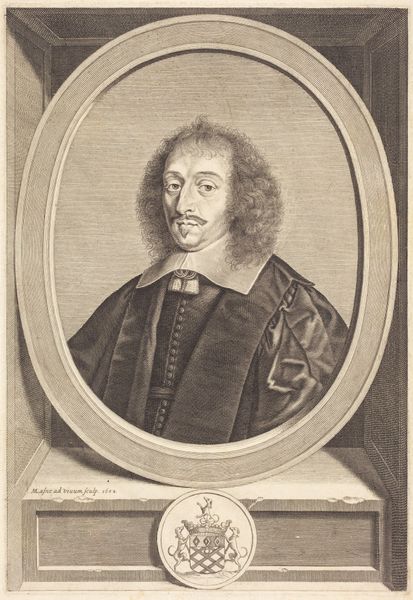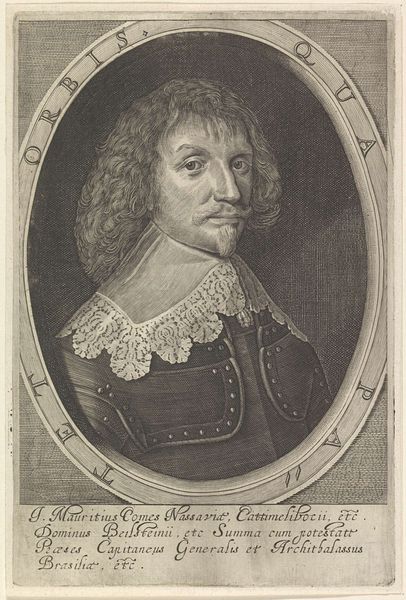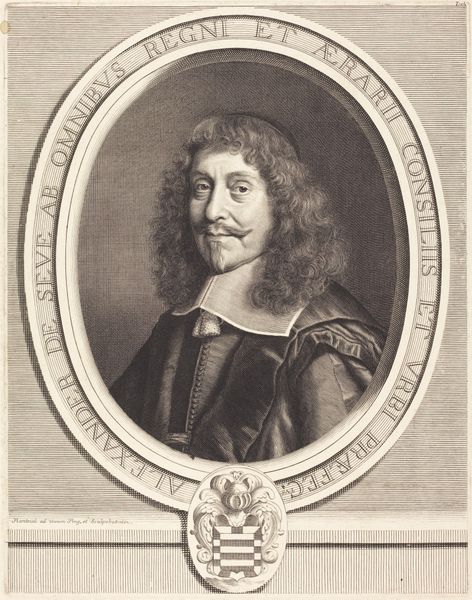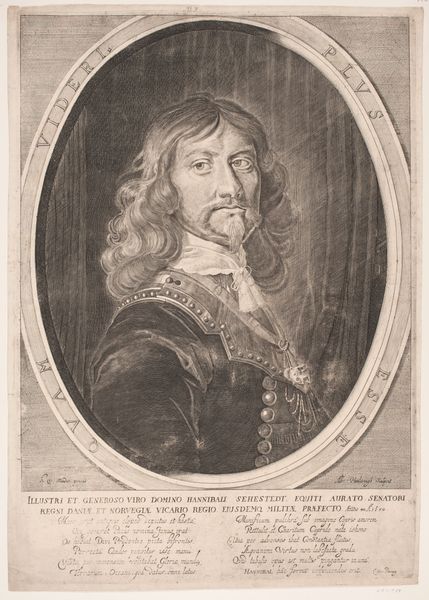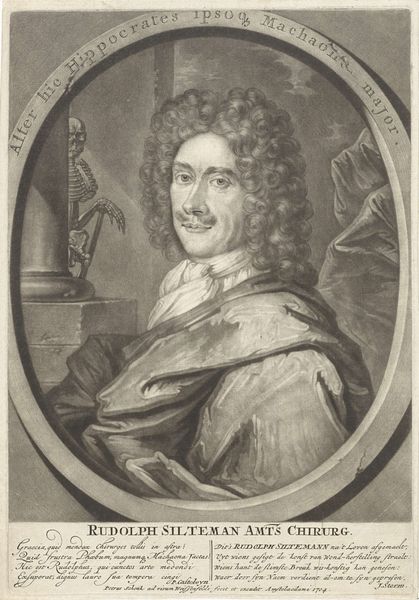
print, engraving
#
portrait
#
baroque
# print
#
history-painting
#
engraving
Dimensions: sheet (trimmed to plate mark): 17.4 x 11.5 cm (6 7/8 x 4 1/2 in.)
Copyright: National Gallery of Art: CC0 1.0
Editor: Here we have a print of Henry II, Duke of Montmorency by Michel Lasne. It's an engraving, seemingly in the Baroque style, depicting him in armour. I’m immediately struck by the incredible detail in the armour. What can you tell me about the means of producing such fine lines in printmaking? Curator: Consider the labour behind each tiny etched line, mirroring the duke’s societal position as a product of extensive craft and political manufacturing. The Baroque period favoured extravagance, visible in both material (his finery, arms, the copperplate for reproduction) and its cultural use: the endless reproduction, the societal glorification... To what end? What message do you read? Editor: I see how the choice to depict Montmorency in armour could be about valorizing his power, literally constructed through metalwork and artistry. Does the fact that this image is a print alter the message? Curator: Precisely. The original image of Henry, even a painted one, would be unique. Its aura stems, according to Benjamin, from that singular existence. Here, each impression reproduces the sitter’s prestige and disseminates his image into society. What’s consumed, then—Henry's authority— is reproduced through material processes on the plate and on paper, finally possessed by viewers. Editor: So it's like an early form of propaganda, made possible through this craft? The value lies less in artistic uniqueness and more in social and political reach? Curator: Exactly! This image embodies not simply aristocratic identity, but also the material systems which sustain such power: workshops of armourers, artists, printers... Even paper manufacture enters this discussion. Are we truly regarding Montmorency's figure as an object, here? Editor: I hadn’t thought of it that way before – viewing it through the lens of production and consumption makes it more about power structures and material culture than just aesthetics. Curator: Right. That’s one of the beautiful things about engaging with art; it allows us to excavate and interrogate the very structures we sometimes take for granted.
Comments
No comments
Be the first to comment and join the conversation on the ultimate creative platform.
